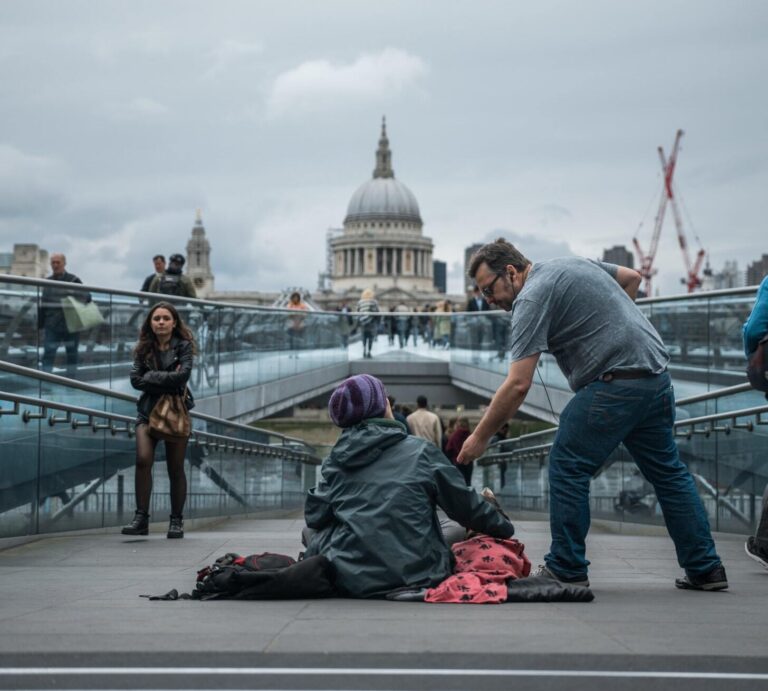Coping after a Mass Shooting
Coping after a Mass Shooting School shootings have become an accepted fact of life for our students, teachers, and parents. It is so commonplace that schools conduct periodic “active shooter drills”, complete with simulated shoot-outs, barricading, and evacuations. While each tragedy seems to renew the longstanding debate on gun control and mental health in this country, it seems that we have not been able to stem the tide of these shootings, which has been increasing steadily in the past 10 years.
Today’s school children now have to add the possibility of experiencing a mass shooting to the list of things to worry about, next to earning good grades, avoiding schoolyard bullies, getting into the “cool kids” club, keeping up with homework, and other minor trials and tribulations that make up “schoolhood”. Parents and teachers too now must factor in this grisly possibility when making decisions about the safety and welfare of their children and students.
Survivors are at an increased risk for post-traumatic stress disorder, depression, anxiety and even suicide. Their academic performance can suffer as well, with decreased attendance and dropping test scores. Twenty years after the Columbine High School shootings, which ushered in this new reality along with the 21st century, we now have several strategies that counselors can employ to help survivors heal.
- Trauma-Focused Cognitive Behavioral Therapy (TF-CBT): Originally designed to treat child-survivors of sexual trauma, this is a multi-faceted approach which draws on elements of cognitive therapy, behavioral therapy, family therapy, attachment theory, and developmental neurobiology to help children process traumatic events. Key components of the protocol (which spell PRACTICE) include Psychoeducation and parenting skill training; Relaxation techniques, Affective expression and regulation; Cognitive coping and processing; Affective expression and regulation; Cognitive coping and processing; and Trauma narration and processing.
- Eye Movement Desensitization and Reprocessing (EMDR): This technique pairs sensory stimuli with the recollection of the traumatic event. Essentially, the patient is asked to track a moving object or light while recalling the traumatic event. While the exact mechanism behind this therapy is not yet fully understood, it does appear to be very effective at treating PTSD.
- Cognitive-Behavioral Intervention for Trauma in Schools (CBITS): This technique is similar to TF-CBT except it is designed for use in schools. It focuses on six cognitive-behavioral techniques – education about reactions to trauma; relaxation training; cognitive therapy; real life exposure; stress or trauma exposure; and social problem-solving.
Until this country comes up with a clear, comprehensive solution to the mass shooting crisis, schools will continue preparing students for the worst with active shooter drills and simulations. Effective counseling and therapies must be included in this preparation, for no amount of preparation will ever decrease the traumatic impact these events have on our students









